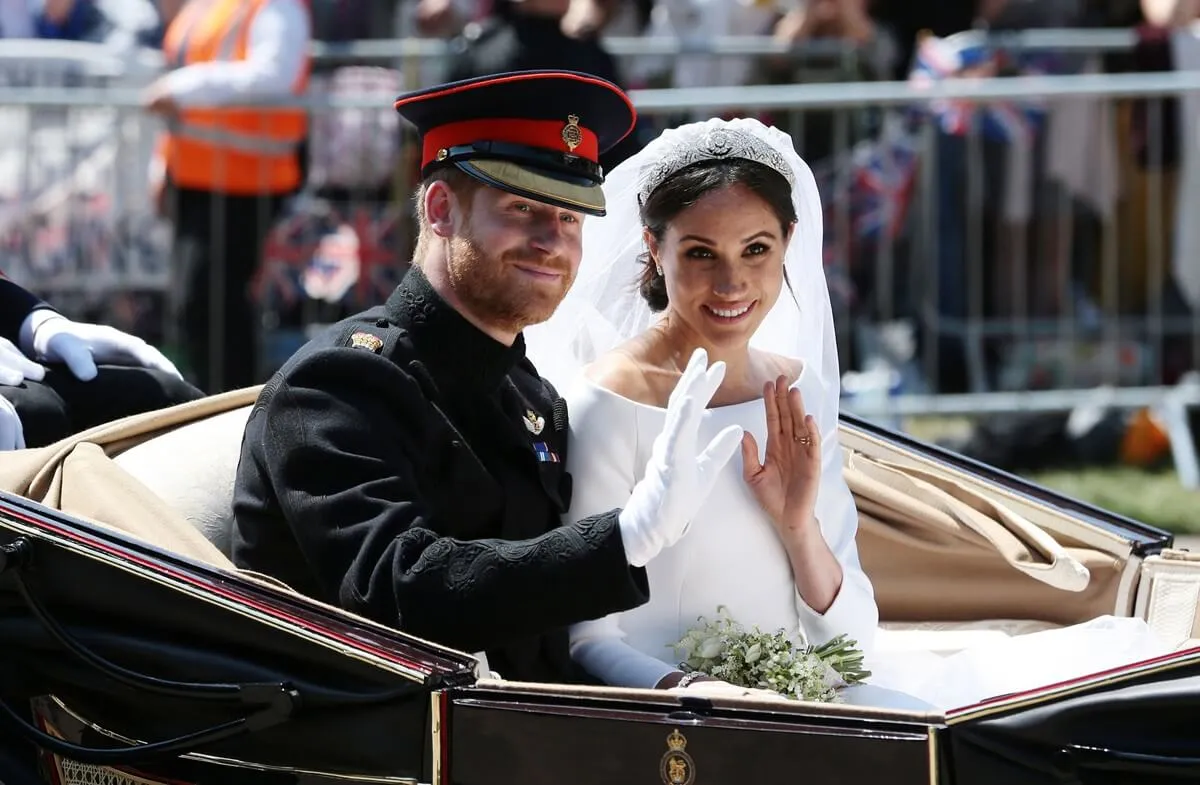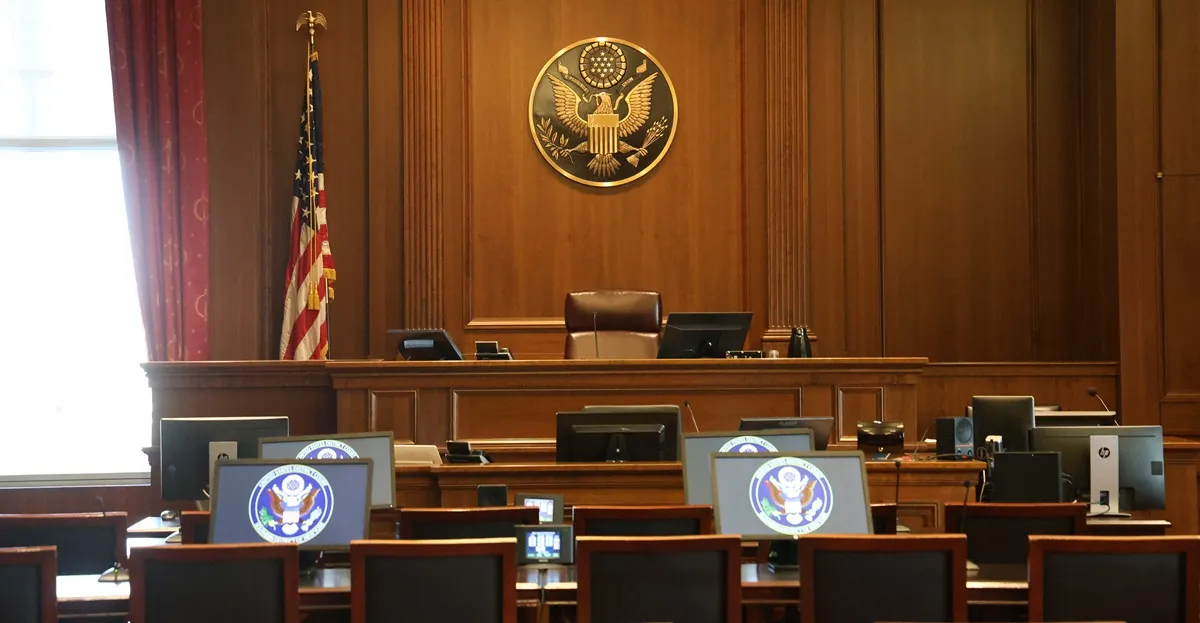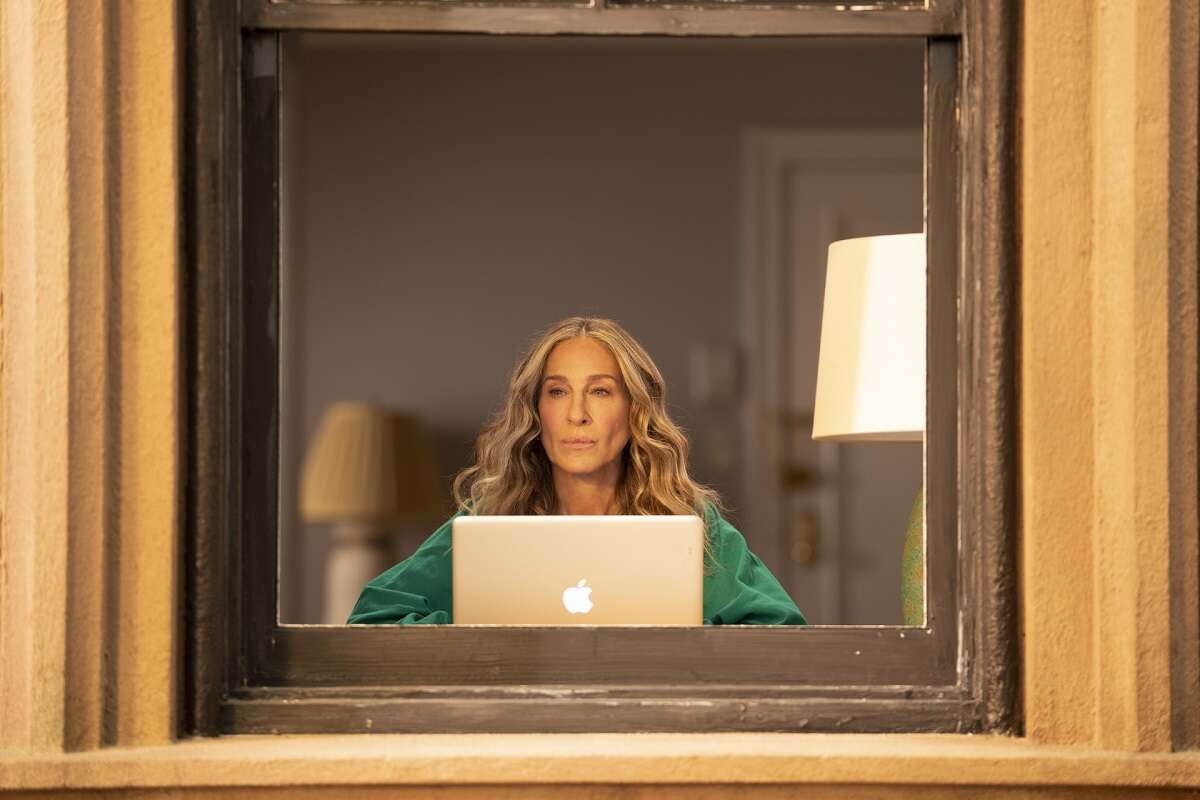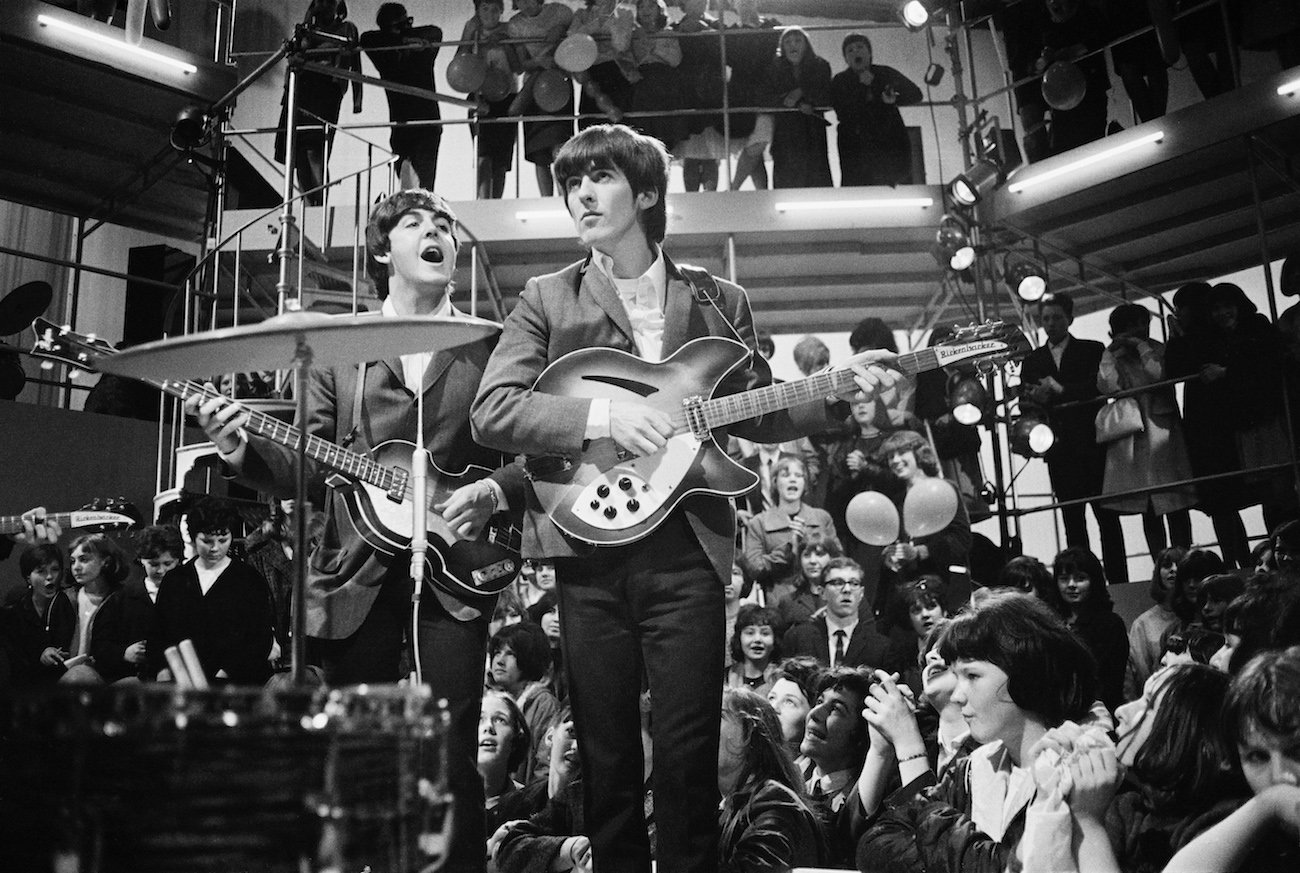
George Harrison Was Reluctant to Participate in ‘The Beatles: Anthology’ Documentary and Had Problems With Certain Scenes: ‘It’s Bulls***, That Whole Thing’
Initially, George Harrison was hesitant about participating in The Beatles: Anthology. However, he realized this was his group’s first and only chance to tell their story how it truly happened. Still, George had problems with certain scenes that painted inaccurate pictures or sensationalized rumors of some of the band’s worst times.
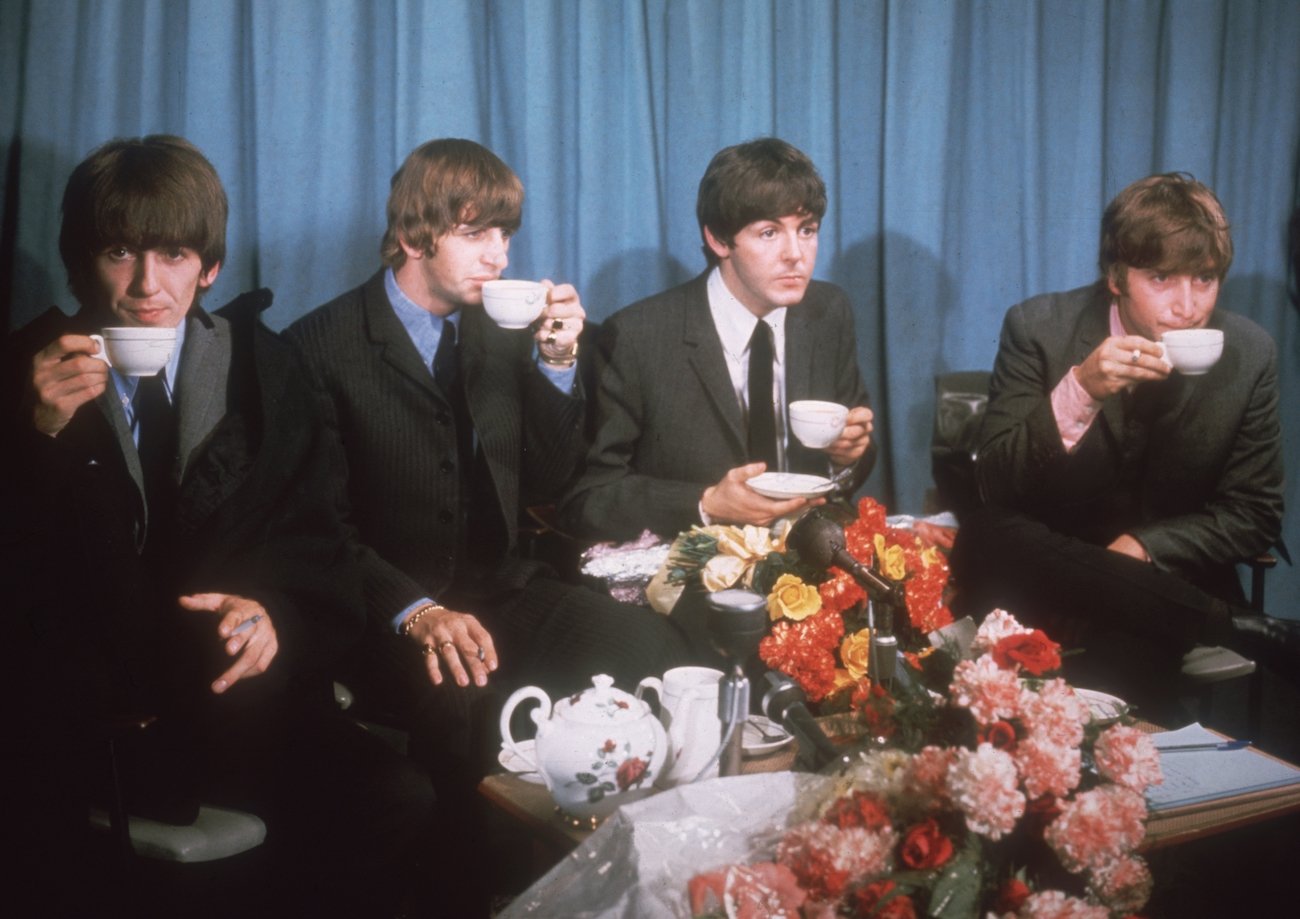
Initially, George Harrison was reluctant to take part in ‘The Beatles: Anthology’ documentary
In Here Comes The Sun: The Spiritual And Musical Journey Of George Harrison, Joshua M. Greene wrote that George was initially reluctant to participate in The Beatles: Anthology. The project became an eight-part documentary, album, and book.
In an interview about the documentary, George said it was difficult at first because all three of the remaining Beatles, including John Lennon’s widow, Yoko Ono, wanted to tell the story they wanted.
“It is difficult when four people are telling the story because it’s actually four different stories,” George said. “I mean, you must realize it’s got to be somewhat of a compromise when four people are involved. But we’re trying to just say how it felt to us.”
George wasn’t happy that the writer and director of ‘The Beatles: Anthology’ wanted to add certain things
The spiritual Beatle knew he and the others wanted to tell their own versions of The Beatles’ story and that they had to compromise. However, George didn’t like that Bob Smeaton, the project’s writer and director, “who conducted interviews for the series and took part in determining its content,” wanted to add some of the group’s bad moments. George also thought fans would believe some of the famous rumors.
Greene wrote that Smeaton “favored revealing all there was to reveal about the Beatles, including scenes of arguments that led to their dissolution.” The scene in Let It Be where George and Paul have their infamous argument about George’s playing (“I’ll play whatever you want me to play”) was one of the main areas of contention between George and Smeaton.
“Oh, we don’t want to say that,” George said in an edit session (per Greene). “I hate that. I hate that period.” Smeaton argued, “Yeah, but the fans want to see it. They’ve never seen it before, George.”
Greene added, “When it came to showing footage of their time in Rishikesh and explaining rumors about the Maharishi that prompted their departure, George said, ‘Look, Bob, it’s bulls***, that whole thing. You shouldn’t even pay lip service to it, because if you do, you’re saying that it’s true. That thing didn’t happen, despite what people have said.
“‘I was there. And if you put that sort of stuff in there, all you’re doing is sensationalizing something. If you talk about something, people will think it really happened.'”
George warmed to the project
Greene wrote that George eventually warmed to The Beatles: Anthology. He recognized that it “offered a chance for him and John and Paul and Ringo to talk about their music and tell their story in their own words.”
For years, George was sick of the narratives told in so-called Beatles documentaries, including Dick Clark’s Birth of The Beatles. They never got The Beatles’ story right and came out looking like greedy vultures.
George often said that he refrained from doing docu-dramas on other famous people at his film production company, HandMade Films, because he knew what it felt like to have them made about him and The Beatles. He told Newsnight that filmmakers didn’t even wait for them to die before making “daft films.”
George said he had fun doing the project, though. It had been years since he’d come to terms with being a Beatle. “It was good because enough time had gone between 1969 and now,” he said. “The Beatles had kind of gone away, and we’d all had enough time to breathe, and I think it’s much easier to look at it now from a distance.”
Despite what George initially thought about The Beatles: Anthology project, they produced two new Beatles songs for fans, “Real Love” and “Free As A Bird.” The project also showed the group to a whole new audience.
